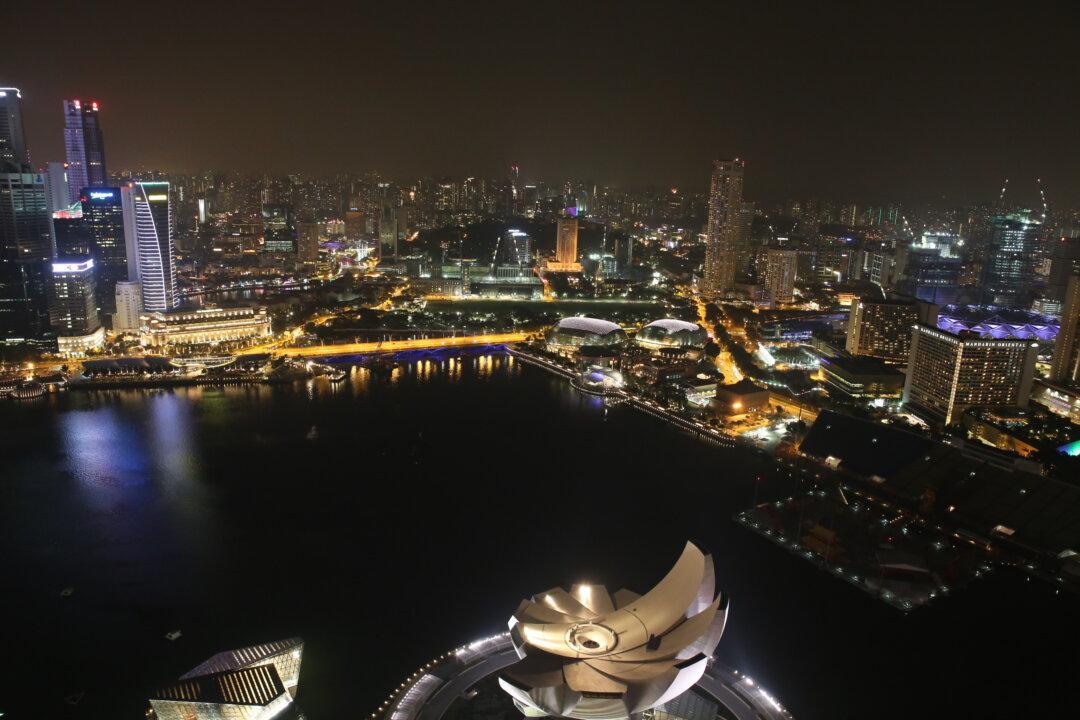The electricity tariff in Singapore is to increase by about 10 percent from April 1 to June 30 as the Russia–Ukraine war drives up global oil and gas prices, said SP Group, the country’s state-owned electricity and gas distributor, in a press release on March 31.
Excluding goods and services tax, the household electricity tariff will increase from 19 cents (S$0.25) to 21 cents per kilowatt-hour (kWh) during the same period.




